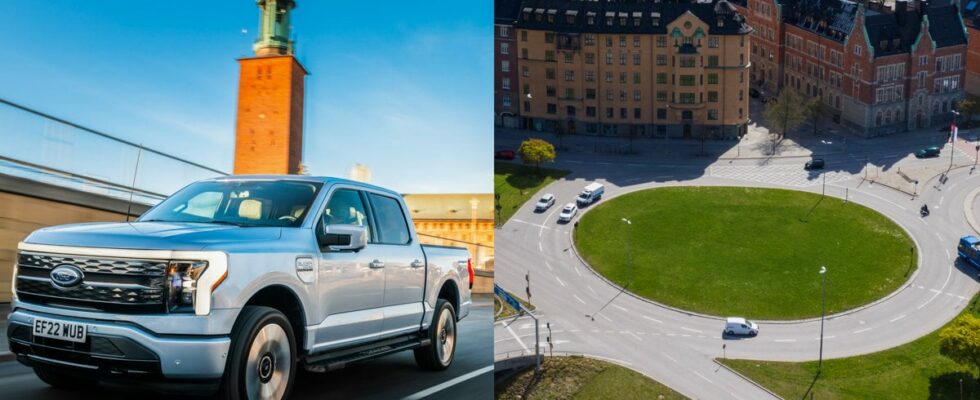However, this assumes that they are used correctly, which is not always obvious.
What applies in the roundabout?
A roundabout is really just a one-way road going counter-clockwise around a central surface, the ’roundabout’.
This system reduces the number of potential risks for each driver, as all cars are moving in the same direction. When approaching the roundabout, look to the left, and if there is no other car, it is free to enter.
When it comes to the use of blinkers, opinions are divided. According to the rules, you only need to blink when leaving the roundabout, as there is only one way in. However, some believe that it is clearer to flash even on the way into the roundabout, especially in smaller roundabouts that are more like normal four-way intersections.
Here are the four most common types of roundabout drivers that you encounter in traffic. What type are you?
DON’T MISS IT
Avoid dangerous misses – when changing tires
The pitfall for supervisors when practice driving – can be fined
1. The anti-blinker
The anti-blinker is the driver who completely ignores the use of blinkers. Other road users simply have to guess what is going on.
Even if a car is waiting to enter, the anti-flasher does not bother to signal to leave the roundabout, forcing the waiting car to wait until the danger is over.
Some choose never to blink… (Photo: William Koitrand)2. The inward blinker
The turn signal is a unique driver that flashes into the roundabout but then stops flashing when leaving. It is as if the blinkers are used to “hold on” to the roundabout.
To the person following behind, this may seem somewhat obvious, but waiting road users are often confused when the turn signal stops flashing at the exit.
3. The outward indicator
The turn signal follows the Swedish Transport Agency’s recommendations by driving into the roundabout without flashing and only signals when to leave by flashing right.
This makes it easier for road users to determine when a car is on its way out, which makes it easier for those waiting.
There seems to be a difference of opinion regarding how to approach a roundabout. (Photo: Fredrik Sandberg/TT)4. The flasher
The all-flasher takes clarity very seriously by signaling both on the way into and out of the roundabout.
This helps drivers behind anticipate which exit is the target, making it easier to plan their route through the roundabout.
What type of roundabout driver are you?
If you recognize yourself in the latter two types, you can be proud to contribute to a smoother traffic experience for others.
If, on the other hand, you identify as an anti-blinker or inward blinker, it may be worth considering refreshing your traffic habits – it benefits everyone!
DON’T MISS IT
Can you practice drive on the motorway? Here is the answer
Only available as a diesel: That’s how good the new Audi A5 Avant is
